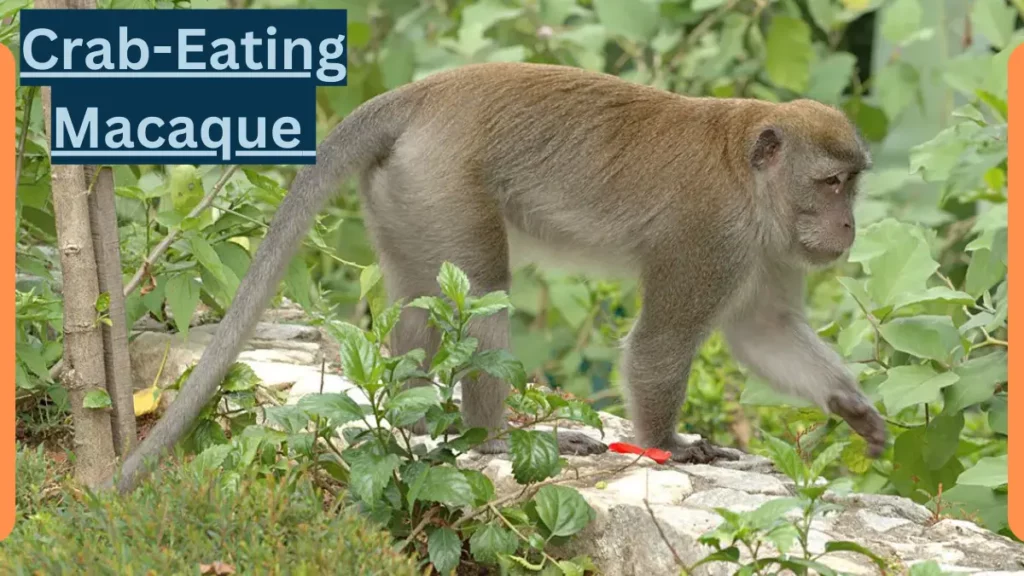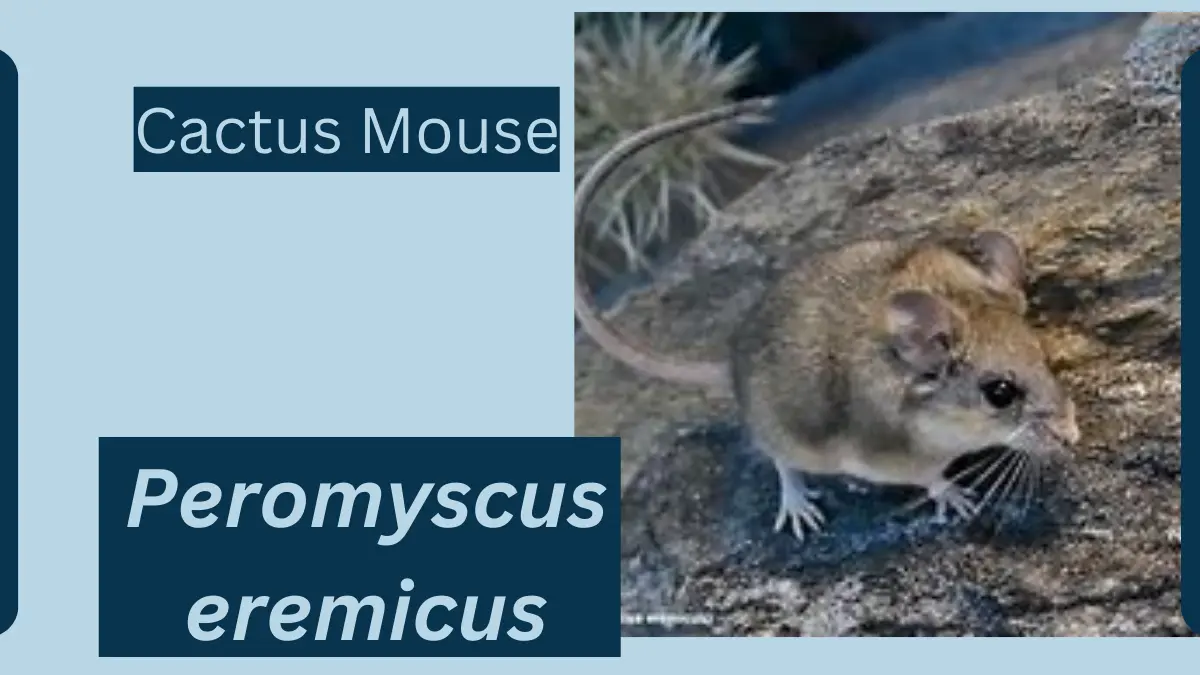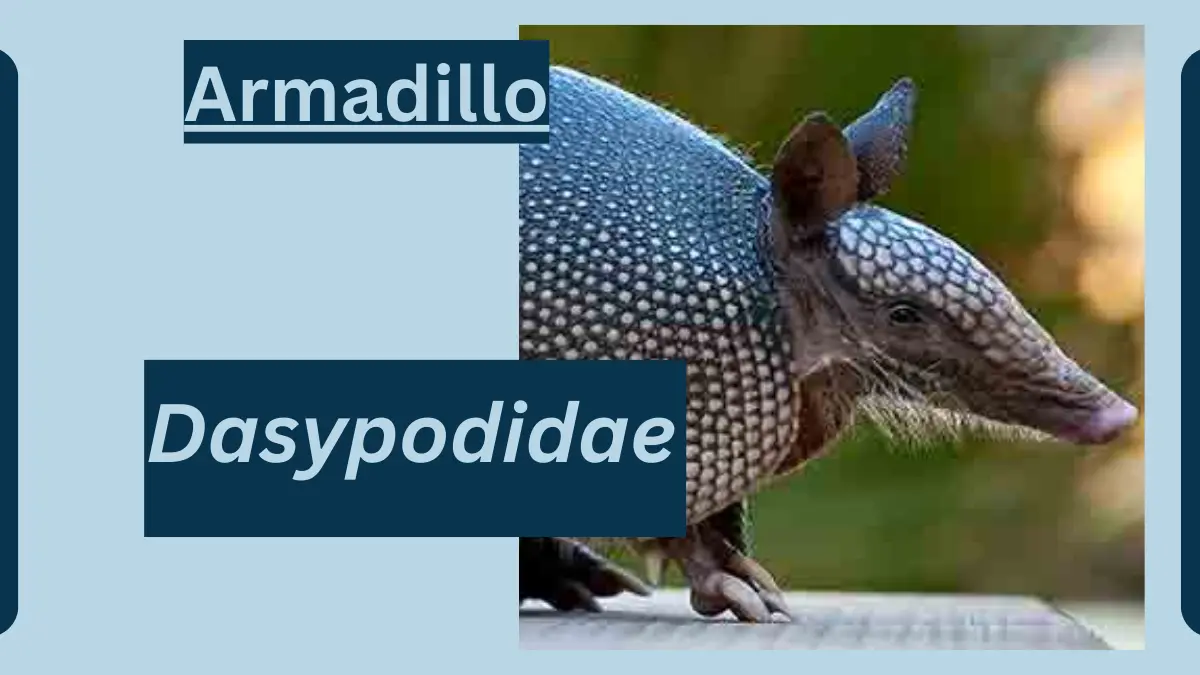Crab Eating Macaque – Complete Guide| Macaca fascicularis
October 21, 2023
The Crab Eating Macaque, scientifically known as Macaca fascicularis, is a species of Old World monkey native to Southeast Asia and parts of South Asia.

Crab Eating Macaque
Here’s some information about Crab-Eating Macaques:
| Topic | Information |
| Scientific Classification | – Kingdom: Animalia |
| – Phylum: Chordata | |
| – Class: Mammalia | |
| – Order: Primates | |
| – Family: Cercopithecidae | |
| – Genus: Macaca | |
| – Species: Macaca fascicularis | |
| Physical Characteristics | – Size: Crab-Eating Macaques are medium-sized monkeys with an average body length of about 16 to 24 inches (40 to 60 centimeters) and a tail length of approximately 20 to 25 inches (50 to 63 centimeters). |
| – Coat: They have a short, dense coat of fur that is typically brown or grayish in color, and their faces are often lighter in shade. | |
| Natural Habitat and Range | Crab-Eating Macaques are highly adaptable and are found in a wide range of habitats, including forests, mangroves, and urban areas, across Southeast Asia, the Philippines, and parts of South Asia. |
| Behavior and Lifestyle | – Omnivores: Despite their name, their diet consists of a variety of foods, including fruits, leaves, insects, and small vertebrates. |
| – Social Creatures: They live in groups known as troops, and these troops are led by a dominant male. | |
| – Communication: Crab-Eating Macaques use vocalizations and body language to communicate within their troop. | |
| Reproduction and Life Cycles | – Reproduction: Breeding can occur year-round, and females give birth to a single offspring after a gestation period of about 167 to 193 days. |
| Predators and Threats | Natural predators include large birds of prey, while their main threats are habitat loss due to deforestation and hunting for the pet trade and traditional medicine. |
| Interesting Facts and Features | – Swimming Ability: Crab-Eating Macaques are known for their swimming ability and are often seen in water, hence their name. |
| – Urban Adaptation: They have adapted well to urban environments and are sometimes considered pests in areas where they come into contact with humans. | |
| Relationship with Humans | In some areas, they are considered a nuisance due to crop raiding and are sometimes captured for the illegal pet trade. |
| Conservation Status and Life Today | Crab-Eating Macaques are listed as a species of “Least Concern” by the International Union for Conservation of Nature (IUCN), as they are relatively adaptable and have stable populations. However, localized declines due to habitat loss and poaching can occur. |
File Under:







Leave a Reply